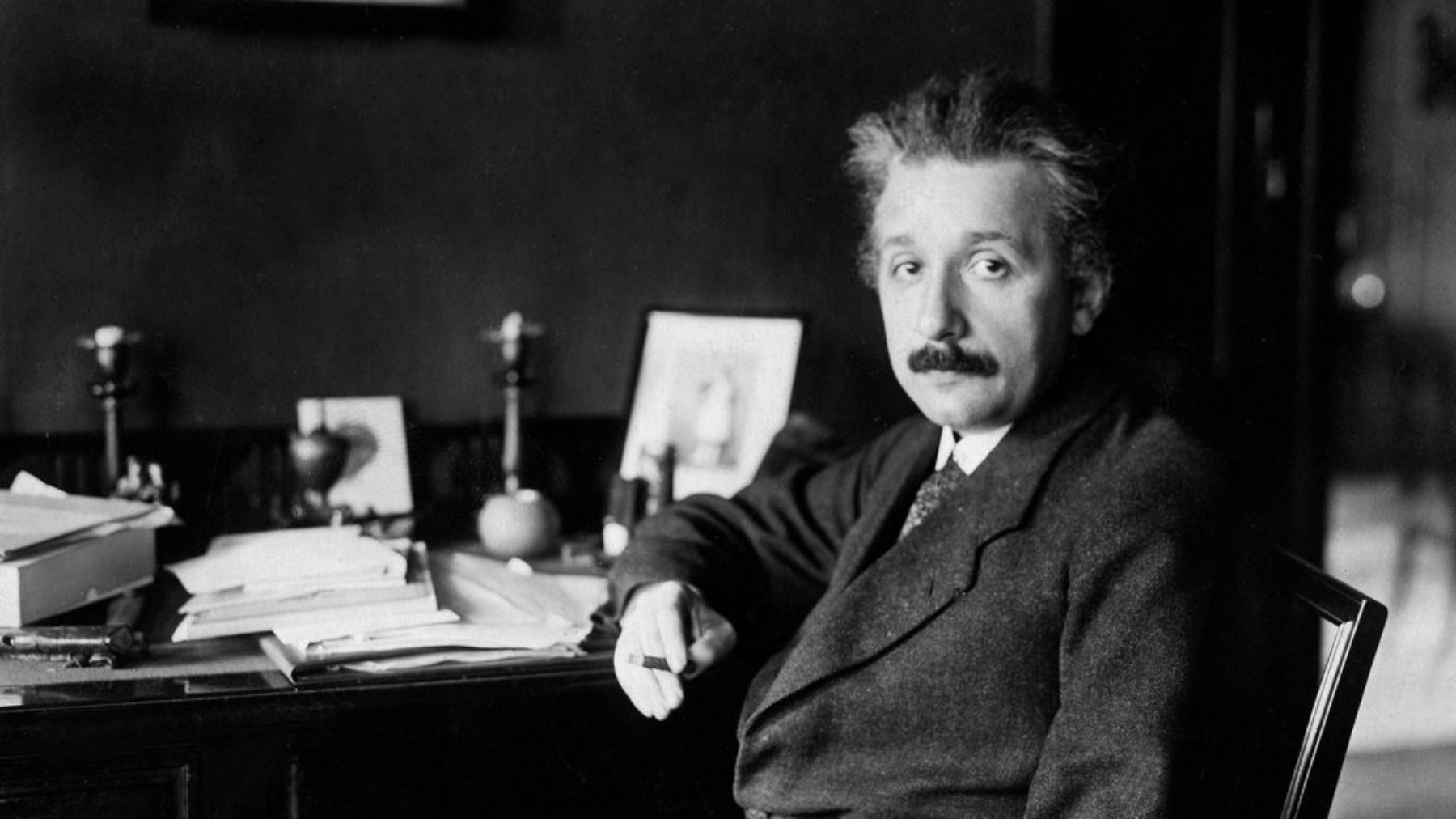On August 2, 1939, Albert Einstein wrote a letter to U.S. President Franklin D. Roosevelt, which would lead to the Manhattan Project, one of the most significant and destructive inventions in history.
The dramatic account of the deadly use of atomic power, as depicted in the 2023 film “Oppenheimer,” might have been nothing more than a piece of science fiction if it had not been for a two-page letter dated August 2, 1939. “Recent work in nuclear physics has made it possible to convert uranium into a new and important source of energy,” the letter addressed to U.S. President Franklin D. Roosevelt reads, signed by physicist Albert Einstein.
“This energy could be used to construct extremely powerful bombs,” he emphasized.
Expressing concerns about Germany’s decision to halt uranium sales to occupied Czechoslovakia, the letter was the impetus for a top-secret research program worth two billion dollars.
The Manhattan Project was a race to beat Germany in the development of atomic weapons.
The three-year project, led by physicist Robert Oppenheimer, would push the U.S. into the atomic age and lead to one of the most significant and destructive inventions in history: the atomic bomb.
On September 10, 2024, Einstein’s carefully crafted letter will be auctioned at Christie’s New York and is expected to fetch over four million dollars.
Two versions of the letter were prepared: a shorter version, which is being auctioned by Christie’s, and a more detailed version, hand-delivered to the White House and now in the permanent collection of the Franklin D. Roosevelt Library in New York.
“In many ways, this letter marks a key point in the history of science, technology, and humanity,” says Peter Klarnet, Senior Specialist for Americana, Books, and Manuscripts at Christie’s.
“This is truly the first time the U.S. government directly financially engaged in major scientific research,” he adds.
Dr. Bryn Willcock, Director of the Program for the Department of Politics, Philosophy, and International Relations at Swansea University and a scholar in American and Nuclear History, agrees.
“Most historical accounts of the origins of the bomb begin with a discussion of the letter,” he told the BBC.
“The content of the letter was crucial in prompting direct action from President Roosevelt,” he says.
The award-winning film “Oppenheimer,” based on the history of the Manhattan Project and referencing the letter in a scene between Oppenheimer and physicist Ernest Lawrence, is expected to generate additional interest in the auction.
“This letter has been part of popular culture since 1945, but I think the film ‘Oppenheimer’ has brought it to a new generation,” says Klarnet.
On July 16, 1945, a prototype of the bomb, known as the “gadget,” was successfully detonated in the New Mexico desert.
The outcome was met with both triumph and fear. On this day, American President Harry S. Truman wrote in his diary that “we have discovered the most terrible bomb in the history of the world.”







